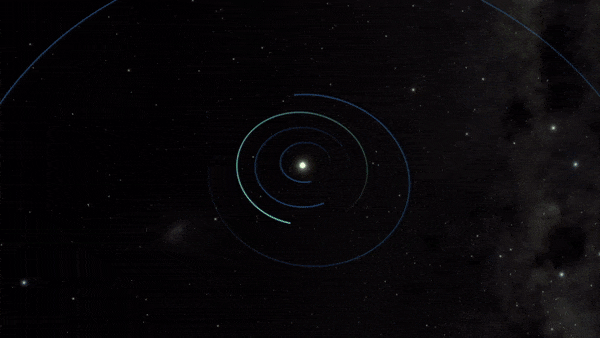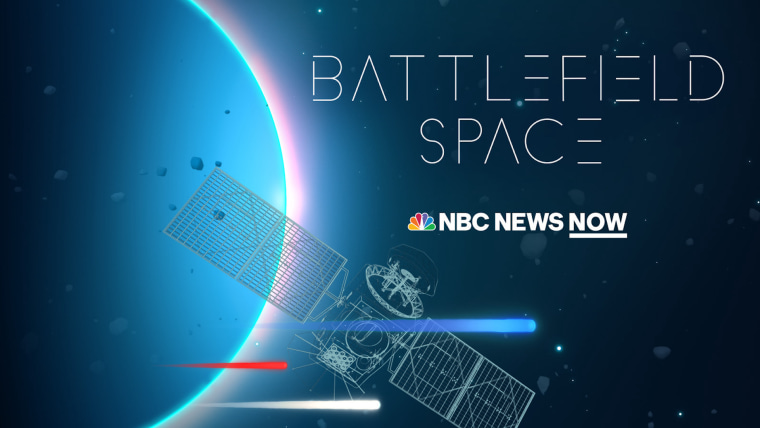More than 100 previously unknown asteroids have been detected using a new tool that can comb through huge existing archives of data to search for potentially dangerous space rocks.
The discoveries were announced Tuesday by the B612 Foundation, a California-based nonprofit organization that focuses on tracking objects in the solar system and protecting the planet from near-Earth asteroids.
The organization said its newly developed platform, known as Asteroid Discovery Analysis and Mapping, or ADAM, is an open-source, cloud-based system that allows researchers to detect newfound asteroids without needing to gather additional astronomical observations or launch a novel asteroid-hunting telescope.
Instead, the system’s algorithm links points of light that are consistent with the orbits of asteroids from reams of archival night sky images. If the cosmic object is confirmed as an asteroid, the algorithm can then calculate its orbit and begin tracking the space rock, according to the B612 Foundation.
As such, “any telescope with an archive can now become an asteroid search telescope,” said Ed Lu, a former NASA astronaut and executive director of the B612 Foundation’s Asteroid Institute.
“We are using the power of massive computation to enable not only more discoveries from existing telescopes, but also to find and track asteroids in historical images of the sky that had gone previously unnoticed because they were never intended for asteroid searches,” Lu said in a statement.
Nearly 30,000 near-Earth asteroids have been discovered to date, according to NASA. Of those, the agency is particularly concerned with a small fraction of space rocks that measure at least 460 feet across and swing within 4.6 million miles of Earth’s orbit around the sun.
To test the Asteroid Discovery Analysis and Mapping system, the platform was used to search through images collected over a 30-day period by the National Optical-Infrared Astronomy Research Laboratory, a federal research facility in Tucson, Arizona. The images were taken from the lab’s collection of nearly 68 billion astronomical observations gathered between 2012 and 2019.
The search yielded 104 newly discovered asteroids that have since been confirmed and added to the Minor Planet Center’s asteroid registry. The Minor Planet Center, founded in 1947, is the organization responsible for cataloging asteroids, comets and other such objects in the solar system.
“The work of the Asteroid Institute is critical because astronomers are reaching the limits of what’s discoverable with current techniques and telescopes,” Mario Juric, an associate professor of astronomy at the University of Washington who was involved with the research, said in a statement.
Juric co-created the new algorithm with Joachim Moeyens, a graduate student fellow at the University of Washington.
The system uses Google Cloud to store vast amounts of data and carry out the elaborate computations involved with checking each point of light.
The Asteroid Discovery Analysis and Mapping platform offers a new way for scientists to look for asteroids, adding to research already conducted by NASA and other space agencies.
“Discovering and tracking asteroids is crucial to understanding our solar system,” Lu said, “enabling development of space, and protecting our planet from asteroid impacts.”
Source: | This article originally belongs to Nbcnews.com











